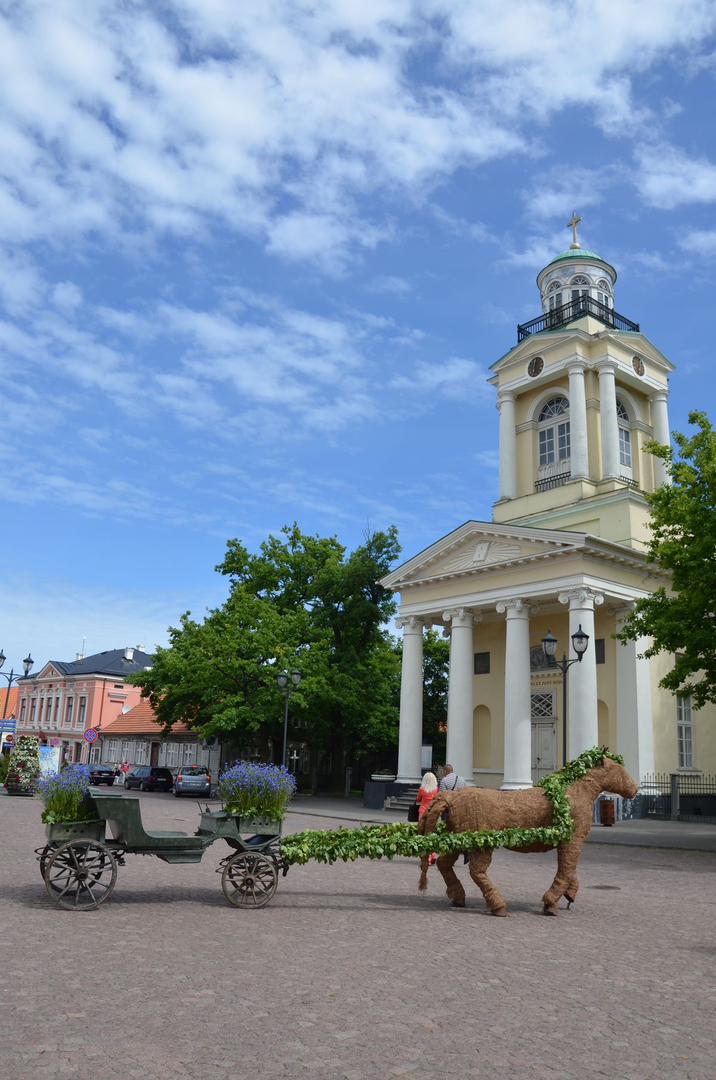Hidden Coastal Villages of the Baltic Sea to visit in 2025
The Baltic Sea, with its shimmering waters and rugged coastlines, is home to some of Europe’s most enchanting and lesser known coastal villages. Far from the bustling tourist hubs, these hidden gems offer a serene escape, rich history, and authentic cultural experiences. In 2025, travelers seeking tranquility and unique destinations should consider exploring these hidden coastal villages of the Baltic Sea, each with its own distinct charm. From quaint fishing hamlets to medieval settlements, here’s a guide to eight hidden coastal villages along the Baltic Sea that deserve a spot on your travel list.
1. Koguva, Estonia
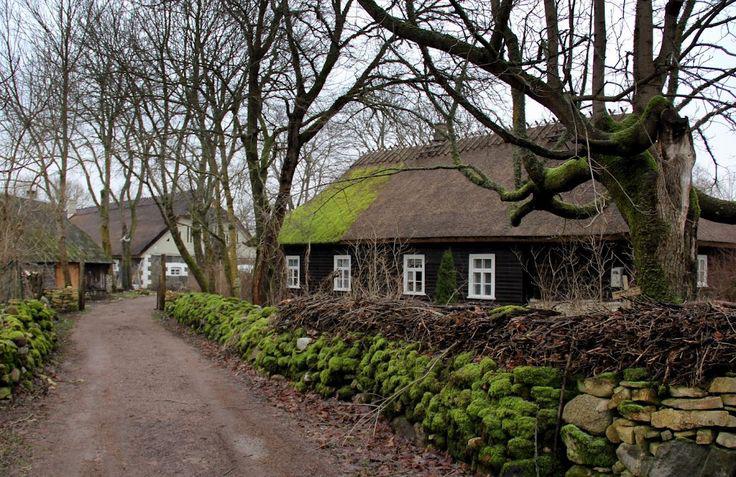
Tucked away on the island of Muhu, Koguva is a beautifully preserved fishing village that feels like stepping into a time capsule. With its thatched-roof cottages and stone fences, Koguva offers a glimpse into Estonia’s rural past. The village is part of the Muhu Museum, showcasing 18th-century farm life, complete with restored buildings and traditional crafts. Visitors can wander through the village’s quiet lanes, visit the old schoolhouse, or enjoy fresh seafood at local eateries. Koguva’s serene beaches and proximity to the vibrant city of Tallinn (a short ferry ride away) make it an ideal retreat for those seeking peace without isolation. In 2025, plan a visit during the Muhu Future Music Festival for a blend of traditional and contemporary Estonian culture.
Why Visit?
Koguva’s untouched charm and small-scale tourism make it perfect for travelers craving authenticity. Pack a picnic and enjoy the sunset over the Baltic Sea for an unforgettable experience.
2. Ystad, Sweden
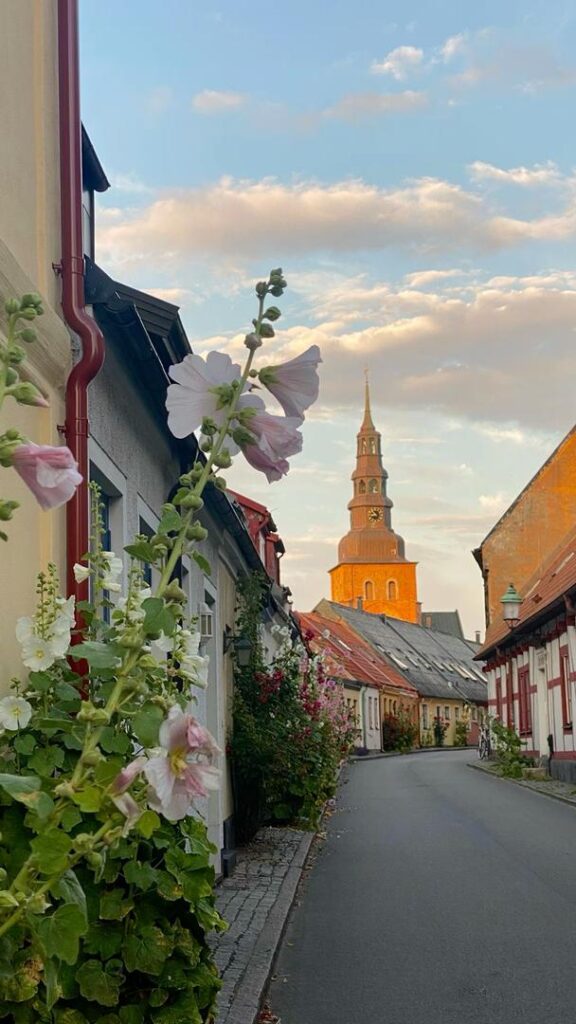
While Ystad may be familiar to fans of Nordic noir thanks to the “Wallander” series, this Swedish coastal village remains a hidden treasure for many. Its cobblestone streets, half-timbered houses, and medieval churches create a storybook atmosphere. The 13th-century Greyfriars Abbey and St. Maria Church are must-sees for history buffs, while the sandy beaches along the Skåne coast are perfect for leisurely strolls. Ystad’s vibrant food scene, featuring local smoked fish and farm-to-table restaurants, adds to its appeal. In 2025, the village hosts the Ystad Sweden Jazz Festival, drawing music lovers to its charming squares.
Why Visit?
Ystad combines history, culture, and coastal beauty, offering a relaxed vibe with easy access to Malmö and Copenhagen for day trips.
3. Käsmu, Estonia
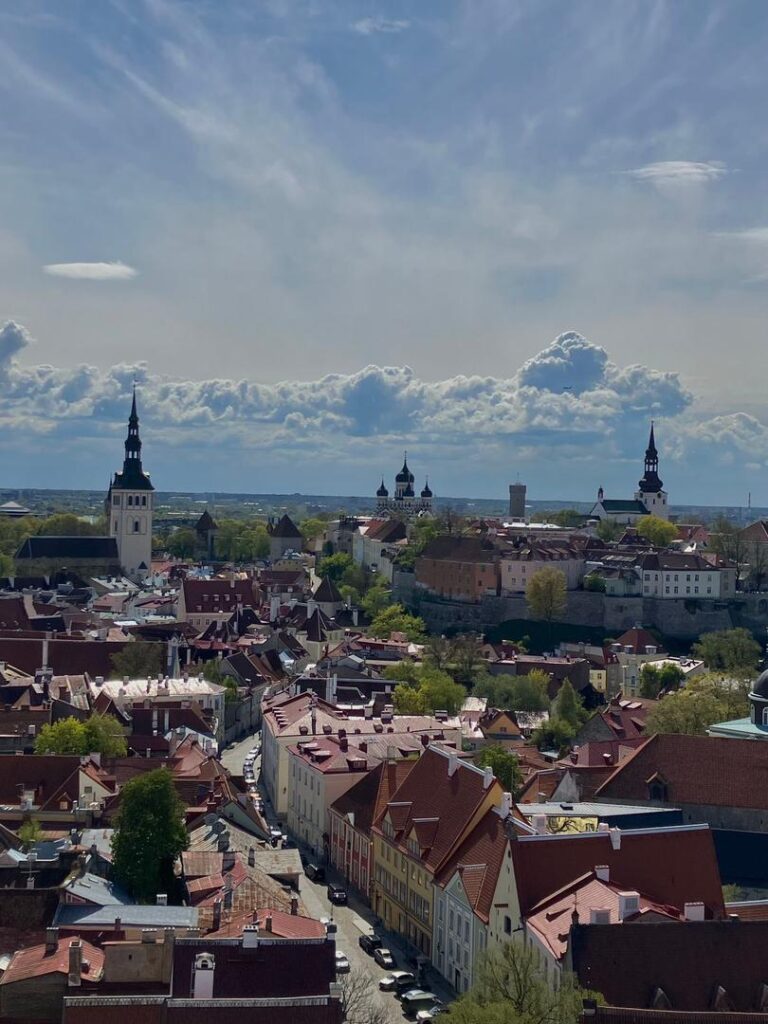
Known as the “Captains’ Village,” Käsmu is a picturesque Estonian hamlet nestled on the Lahemaa National Park coastline. Once a hub for maritime training, Käsmu’s history is steeped in seafaring traditions, with a small maritime museum showcasing its legacy. The village’s wooden houses, surrounded by pine forests and rocky beaches, create a peaceful setting for hiking, kayaking, or simply soaking in the Baltic views. Locals are known for their hospitality, often sharing stories of Käsmu’s seafaring past over homemade berry preserves. Visit in summer 2025 for the Käsmu Sea Festival, featuring boat races and folk music.
Why Visit?
Käsmu’s blend of nature and nautical heritage makes it a haven for outdoor enthusiasts and history lovers alike.
4. Binz, Germany
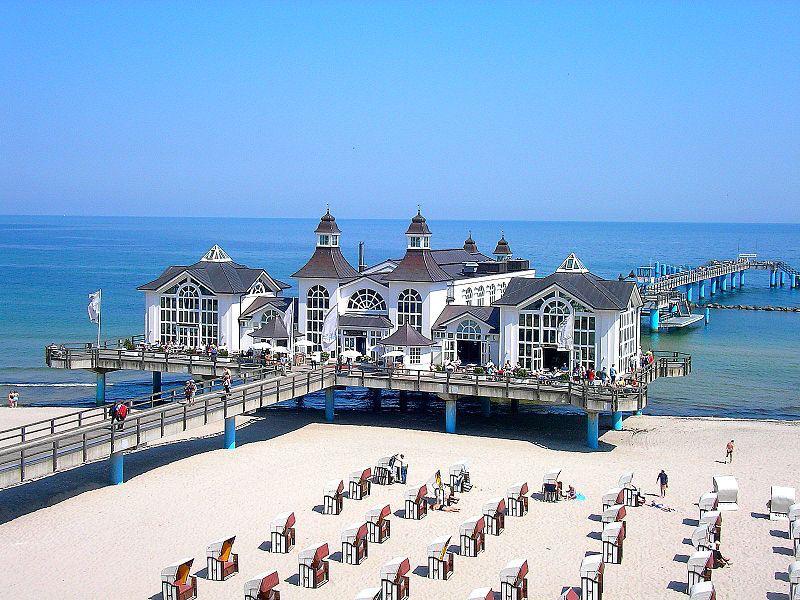
On the island of Rügen, Binz is a lesser-known gem along Germany’s Baltic coast. Famous for its elegant white villas and Art Nouveau architecture, this village feels like a step back into the Belle Époque era. The long sandy beach, lined with iconic wicker Strandkorb chairs, is perfect for relaxation, while the nearby chalk cliffs of Jasmund National Park offer breathtaking hiking trails. Binz’s pier, one of the longest on the Baltic, is ideal for sunset walks. In 2025, Binz will celebrate its 150th anniversary as a seaside resort, with special events planned throughout the year.
Why Visit?
Binz offers a mix of sophistication and natural beauty, with fewer crowds than Germany’s more famous coastal destinations.
5. Juodkrantė, Lithuania
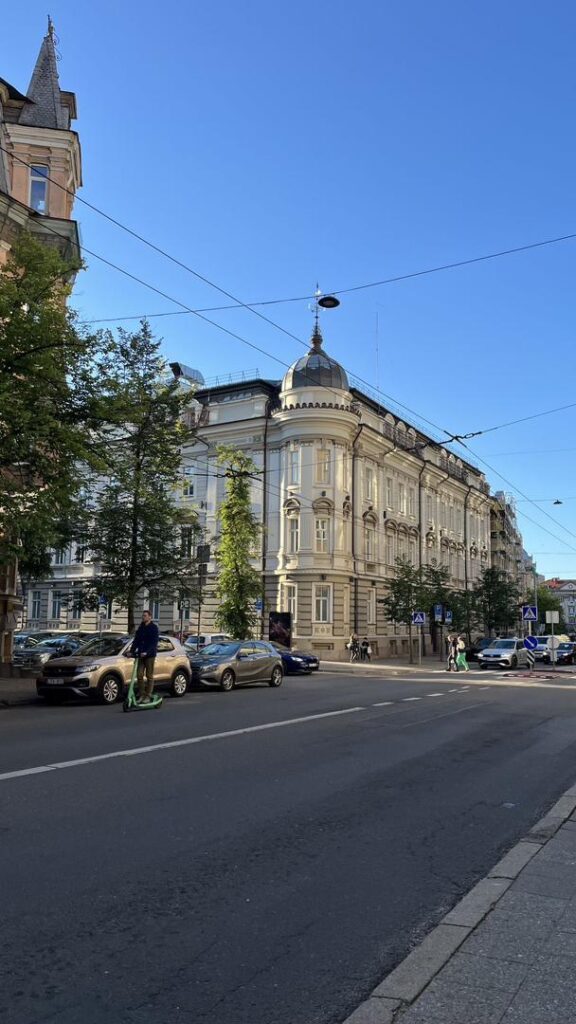
Located on the Curonian Spit, a UNESCO World Heritage Site, Juodkrantė is a tranquil Lithuanian village known for its amber heritage and surreal landscapes. The village’s Hill of Witches, an open-air sculpture park featuring wooden carvings of folklore characters, is a unique attraction. Juodkrantė’s beaches, backed by towering sand dunes and pine forests, are perfect for nature lovers. The village is also a hotspot for amber hunting, as the Baltic Sea often washes up pieces of this “Baltic gold.” In 2025, visit during the Amber Festival to learn about the region’s amber trade and enjoy local crafts.
Why Visit?
Juodkrantė’s otherworldly scenery and cultural quirks make it a must-visit for those seeking something truly unique.
6. Gdynia’s Orłowo, Poland
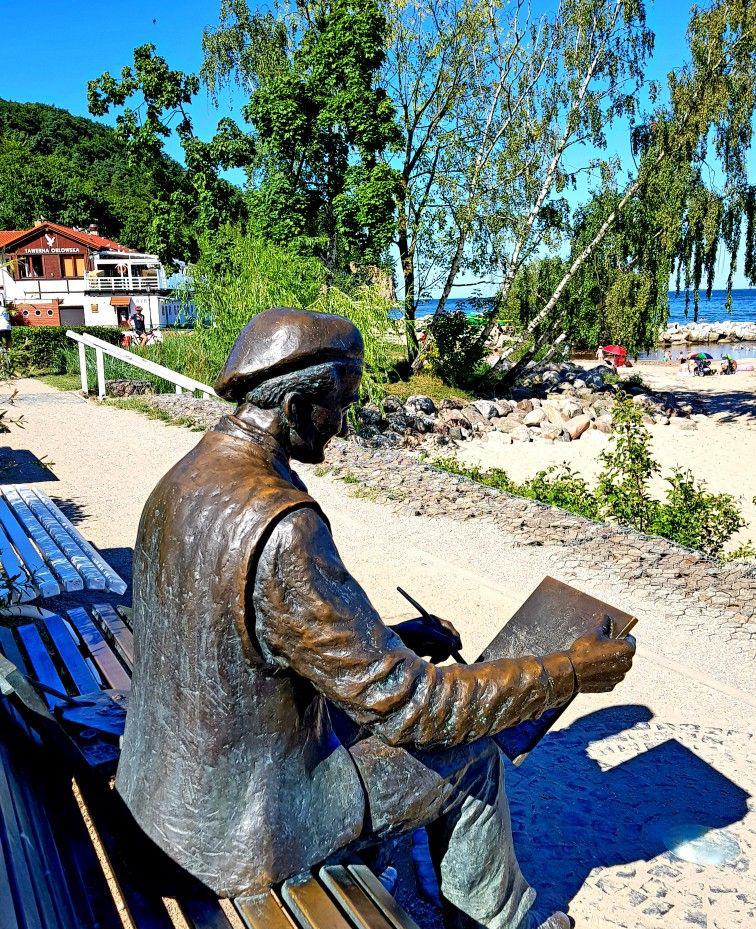
While Gdynia is a larger port city, its Orłowo district feels like a hidden coastal village with its quiet beaches and charming seaside promenade. The Orłowo Pier, smaller and less crowded than its counterpart in Sopot, offers stunning views of the Baltic Sea. The nearby Klif Orłowski, a dramatic cliff, is a favorite spot for photographers and hikers. Orłowo’s cozy cafés serve traditional Polish dishes like pierogi and fresh fish, making it a delightful stop for foodies. In 2025, the area will host small-scale art fairs, showcasing local talent.
Why Visit?
Orłowo combines the accessibility of a city with the charm of a seaside village, perfect for a relaxed day trip from Gdańsk.
7. Naissaar, Estonia
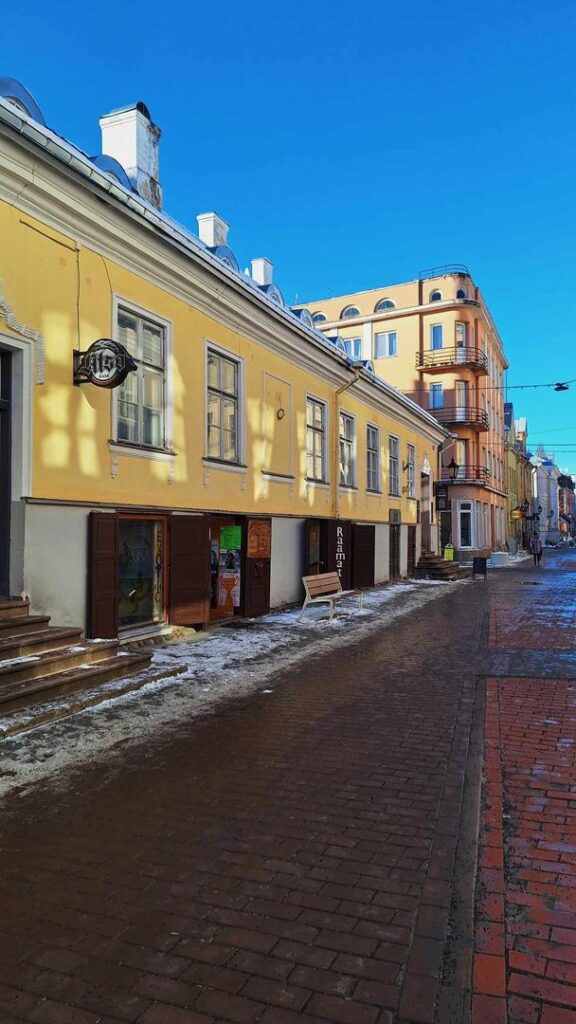
For those willing to venture off the mainland, Naissaar, a small island off the coast of Tallinn, is a hidden paradise. Once a Soviet military base, this forested island is now a nature reserve with deserted beaches and abandoned fortifications. The village of Naissaar, with its handful of residents, offers a glimpse into Estonia’s resilient island culture. Visitors can explore lighthouses, hike through pine forests, or cycle along quiet trails. In 2025, eco-tourism initiatives will make Naissaar even more accessible, with guided tours highlighting its military history and biodiversity.
Why Visit?
Naissaar’s remote location and untouched landscapes make it ideal for adventurers seeking solitude.
8. Ventspils, Latvia
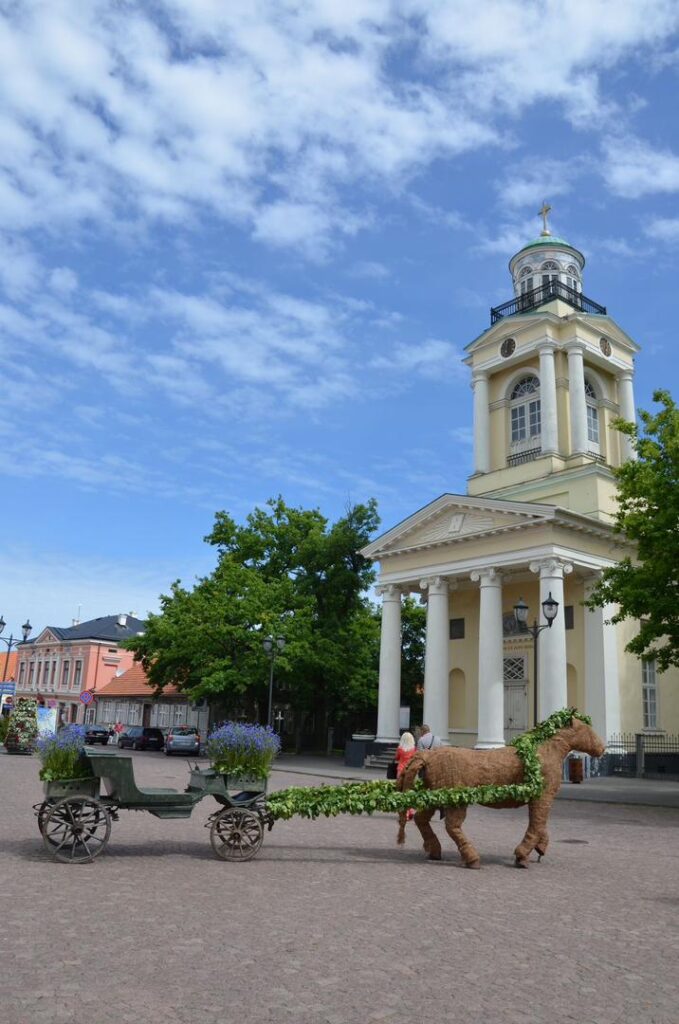
Often overlooked in favor of Riga, Ventspils is a vibrant coastal village on Latvia’s Baltic coast. Known for its colorful flower sculptures and family-friendly attractions, Ventspils blends whimsy with maritime heritage. The Ventspils Castle, a restored 13th-century fortress, houses a museum detailing the town’s history as a Hanseatic port. The Blue Flag beach is perfect for swimming, while the nearby Adventure Park offers zip-lining and climbing for thrill-seekers. In 2025, Ventspils will host the Baltic Sea Festival, featuring sailing regattas and local crafts.
Why Visit?
Ventspils is a lively yet uncrowded destination, ideal for families and travelers looking for a mix of culture and fun.
Why Visit these villages in 2025
These coastal villages of the Baltic Sea region are gaining attention as a sustainable travel destination, with its coastal villages offering a refreshing alternative to overcrowded tourist spots. These hidden gems provide a chance to connect with local traditions, savor fresh seafood, and explore unspoiled landscapes. In 2025, many of these villages will host festivals and events, making it an exciting time to visit. Additionally, improved ferry connections and eco-friendly accommodations are making these destinations more accessible than ever.

